-
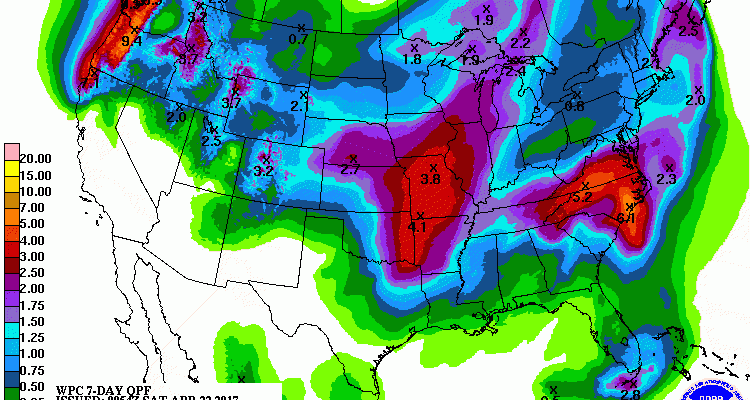
The latest 7-day QPF map shows that heavy rains of up to several inches are forecast for the next three days across Virginia, North Carolina, and parts of South Carolina and the Georgia mountains. These rains could cause flooding in some locations, so be careful if you are driving through those areas. After this storm…
Posted in: Climate outlooks -

I am proud to be a scientist. I know many of you are too, or if you are not one yourself, you work with one or your child is one. We work hard to make life better for our clients, our community, our animals, and the Earth. I will be marching in my local March…
-
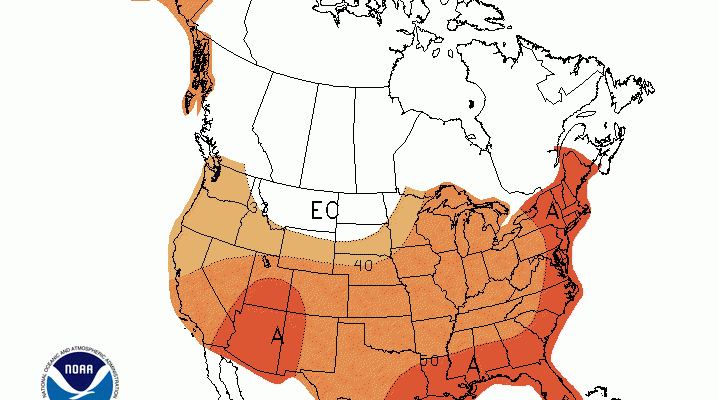
The Climate Prediction Center released their latest seasonal outlooks this week. They show a continuation of the trend towards above normal temperatures. Precipitation forecasts this year don’t have much skill with no La Niña or El Niño present and CPC puts “equal chances” of above, near and below normal conditions for the Southeast. You can…
Posted in: Climate outlooks -
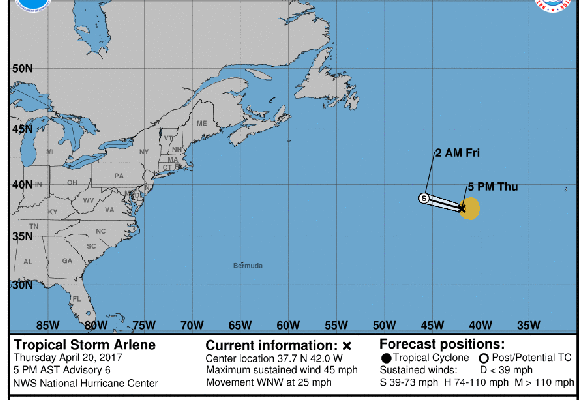
Even though the Atlantic tropical season does not begin until June 1, this year we have the early formation of Tropical Storm Arlene way out in the central Atlantic Ocean. It is far from land and not expected to affect anything except shipping routes. You can read more about it at USA Today here…
Posted in: Tropical weather -
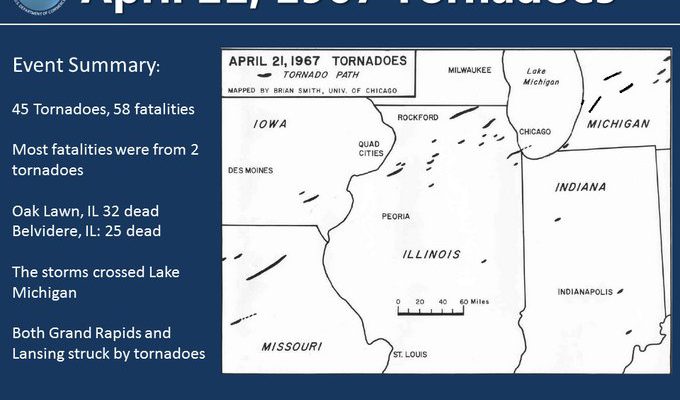
Today is a big anniversary for me–it marks the 50th anniversary of the tornado that went two blocks from my house in Grand Rapids MI, kicking off my interest in studying the weather. The storms in Michigan were overshadowed by the Belvidere IL tornado and others that also happened that day. You can read more…
-
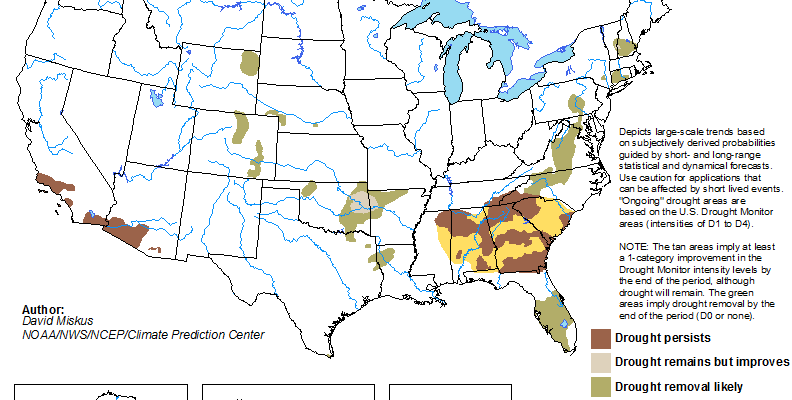
The latest Drought Monitor, released this morning, shows an expansion of drought and abnormally dry conditions in a good chunk of the Southeast from last week. In Alabama and Georgia moderate drought has increased and some severe drought has been added to southern Georgia in places where little rain has been received on top of…
-

Related to my previous post on the warming climate, one of the consequences that we see from the warmer conditions in recent years is a shift in the planting zones. These zones are linked to the average annual minimum temperature in each location, which helps determine what plants can survive the winter months. Here is…